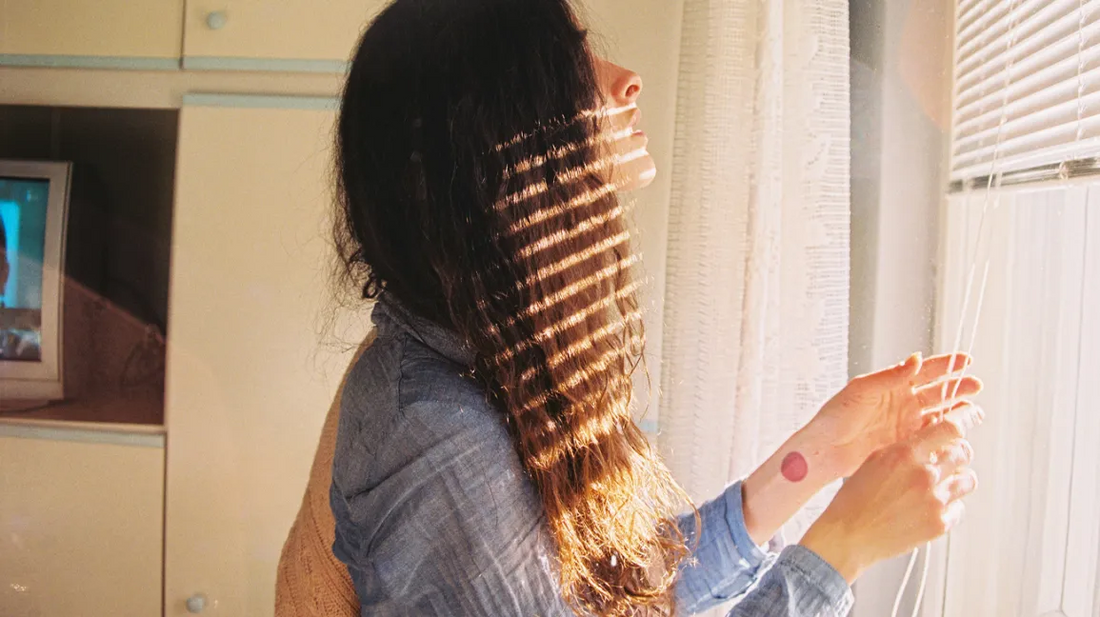
How does a good light therapy lamp work? Is it only lux that makes the difference, or should it be full spectrum light?
Share
Firstly, I want to point out a cognitive misconception you have. Lux is not directly related to determining the quality of a light therapy lamp. Lux is defined as the brightness of light that is visible to the human eye. For example, near-infrared light, which is often used in light therapy, has a wavelength that is outside of the visible range for human eyes, and therefore has a lux value of 0. However, it is still widely used in light therapy. High brightness of a light source does not necessarily mean that more energy is being delivered to the skin. This is a common misconception. When choosing LED light therapy equipment, we cannot judge the energy level solely based on the brightness of the lamp beads. An LED light that is designed for lighting purposes may be very bright but has almost no effect on your skin.
The most important factor in determining the effectiveness of a light therapy lamp is the light power density, which is measured in milliwatts per square centimeter (mW/cm²). The power density is the amount of light energy delivered to a specific area of the body. It is essential to choose a lamp with an appropriate power density because light has a biphasic dose response curve. If the power density is too low, the light therapy will be ineffective, but if it is too high, it can be harmful to the skin.
In addition to power density, the selection of LED light beads with precise wavelengths, color purity, and wavelength accuracy is also critical. Different wavelengths of light trigger different biological processes, and the right wavelengths of light are great for our health. However, certain wavelengths can be harmful to our skin. Inferior LED phototherapy products may emit harmful light, such as UV rays, due to insufficient color purity in the lamp beads. The wavelength accuracy of light is also essential as light has to be within its precise wavelength range to have the desired effect. I suggest that the color purity of high-quality home phototherapy equipment should be higher than 98%, and accuracy of light wavelength should be controlled within the range of 10 nm.
Regarding the issue of full spectrum light, my opinion is that in some cases, using light of specific wavelengths can be more effective than full spectrum light. Different wavelengths of light can penetrate the skin to different depths, allowing for more precise treatment of the targeted area. For example, red light wavelengths can penetrate deeper into the skin and can be used to stimulate ATP production and collagen synthesis in skin cells, while blue light wavelengths can be used to treat acne and other skin problems due to their bactericidal properties. Additionally, scientific evidence has shown that red light, near-infrared light, and blue light are beneficial to the human body and can be used for phototherapy. Other colors of light, such as green, purple, and yellow, have insufficient scientific research and clinical trials to support their use, so it is best not to use them.The wavelengths that have been scientifically proven to be effective and frequently used in phototherapy products are: red light: 630-675nm, near-infrared light: 820-880nm, and blue light: 415-470nm.
I have been involved in the R&D of the Cloud-S Cloud-S product from GYH company. At that time, the parameters we designed for this product were: red light 633nm, near-infrared light 820nm, and blue light 465nm (we did not use 415nm because it is too close to ultraviolet light). The purity of light was 98%, the light power density was 30mW/c㎡, and the wavelength error was ±5nm. This product has passed strict clinical tests and is considered to have significant effects in anti-wrinkle, anti-aging, anti-acne, and anti-inflammatory. These values can be used as a reference.

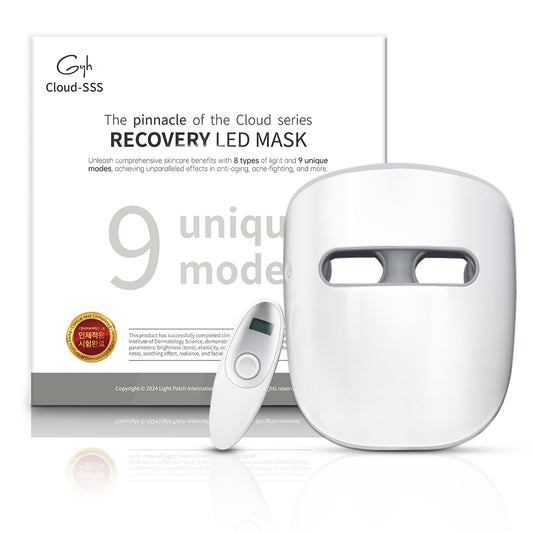
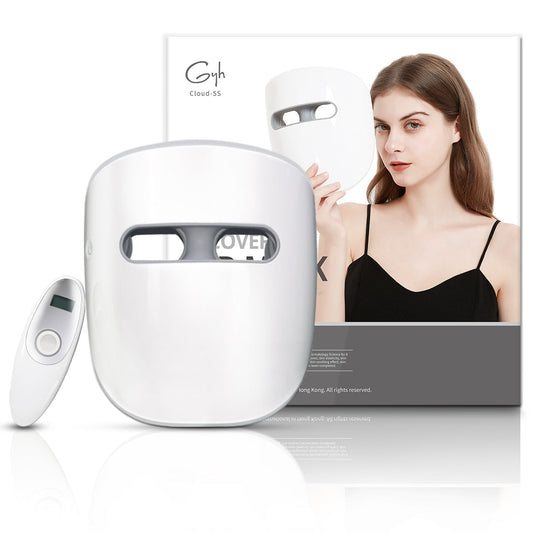
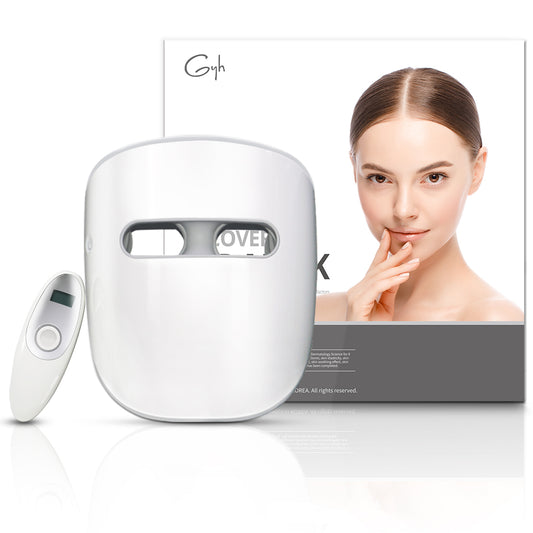
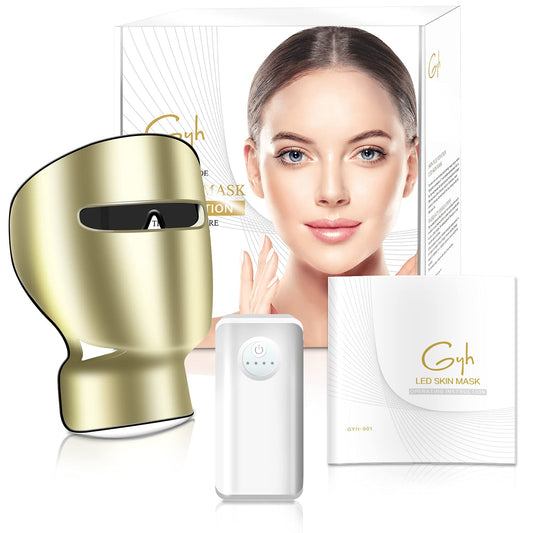
5 comments
79tc3w
lez9rf
finasteride (propecia) i got cancer in 02 and have ben sick sent i got off tamoxifen i have my bones are allways hurts the dr
hq9go7
21vo97